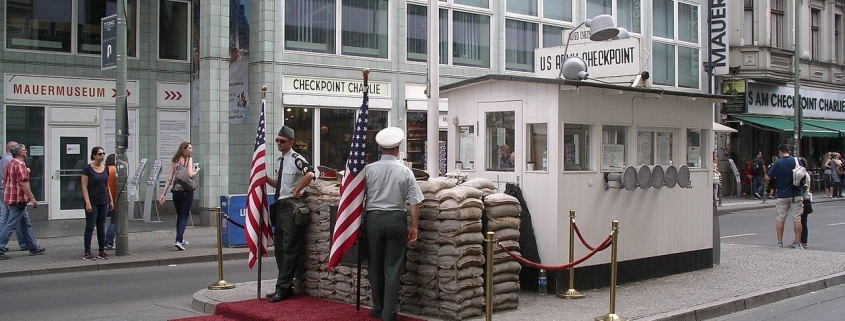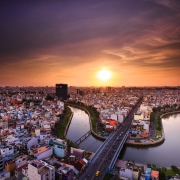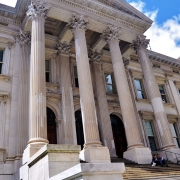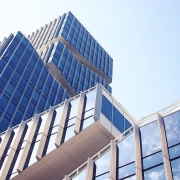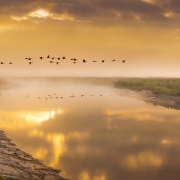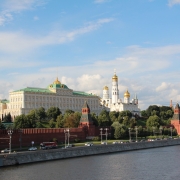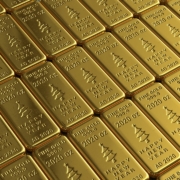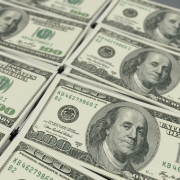When was the Berlin Wall built and why?
Topic of Study [For H2 and H1 History Students]:
Paper 1: Understanding the Cold War (1945-1991)
Section A: Source-based Case Study
Theme I Chapter 2: A World Divided by the Cold War – Manifestations of the global Cold War: Cuban Missile Crisis (1962)
What is the Berlin Wall?
The German Berliner Mauer is a man-made barrier that surrounded West Berlin. It was established to built by the German Democratic Republic (East Germany) on 13 August 1961 to prevent defections from East to West.
Why did the Germans flee from East to West Germany?
Following the end of World War Two, the signing of the Yalta and Potsdam Agreements led to the division of Germany into four occupation zones. The Soviet Union controlled the eastern zones, while the United States, Great Britain and France occupied the western part. Due to the deteriorating living conditions, most people moved from East to West Germany.
As difficult as life was in Berlin, refugees came to the city from Eastern Europe and other parts of Germany. Conditions were even worse in their hometowns, and they hoped they might have better luck surviving in Berlin.
Food was scarce across the city – a condition made worse by the Soviets. Before leaving the other sectors of Berlin, the Soviets had stolen 7,000 cows along with machinery and pipes from buildings. The Soviets also limited access to farms in the Soviet zone outside Berlin. The Soviets wanted the food for their troops in Germany. Still some Berliners managed to reach farms in the countryside.
An excerpt from “The Berlin Airlift: Breaking the Soviet Blockade” by Michael Burgan.
To prevent the departure of Berliners in the East, Stalin ordered the imposition of a Soviet blockade of West Berlin in 1948. In response, the Allies launched the Berlin Airlift that demonstrated their resolve to oversee the post-war recovery of the Western zones. More than 2.3 million tons of fuel and food were sent to West Berlin. A year later, the Berlin Blockade was lifted.
The Berlin Crisis
After the Berlin Wall was built, none could move from East to West Berlin, except through three checkpoints. “Checkpoint Charlie” (at Friedrichstrasse) was a site of flashpoint in October 1961.
On 22 October, a senior US diplomat in West Berlin was stopped by the East German border guards. General Lucius D. Clay ordered the deployment of American tanks to Checkpoint Charlie.
Moscow interpreted the move as an alarming threat. In retaliation, Soviet leader Nikita Khrushchev sent Russian tanks to the checkpoint as well. Both parties had military forces facing each other for nearly sixteen hours.
Fortunately, American President Kennedy opened communications with the Soviet government to de-escalate tensions. Eventually, both forces withdrew.
[Khrushchev] believed the peak of confrontation with the United States had passed, a perception that did not change during the October 26-27 tank stand-off in Berlin at Checkpoint Charlie. Khrushchev, tipped off by erroneous Soviet intelligence, believed that Lucius Clay, a commander of the U.S. forces in West Berlin, was ready to storm the Wall by force. Persuaded that Kennedy was not personally behind the ploy, the Soviet leader contacted him and the confrontation was quickly resolved.
An excerpt from “Khrushchev and the Berlin Crisis (1958-1962)” by Vladislav Martinovich Zubok.
What can we learn from this article?
Consider the following question:
– How far do you agree that the Soviet Union was responsible for the Berlin Crisis of 1961?
Join our JC History Tuition and learn more about the Cold War and other topics. The H2 and H1 History Tuition feature online discussion and writing practices to enhance your knowledge application skills. Get useful study notes and clarify your doubts on the subject with the tutor. You can also follow our Telegram Channel to get useful updates.
We have other JC tuition classes, such as JC Math Tuition and JC Chemistry Tuition. For Secondary Tuition, we provide Secondary English Tuition, Secondary Math tuition, Secondary Chemistry Tuition, Social Studies Tuition, Geography, History Tuition and Secondary Economics Tuition. For Primary Tuition, we have Primary English, Math and Science Tuition. Call 9658 5789 to find out more.

